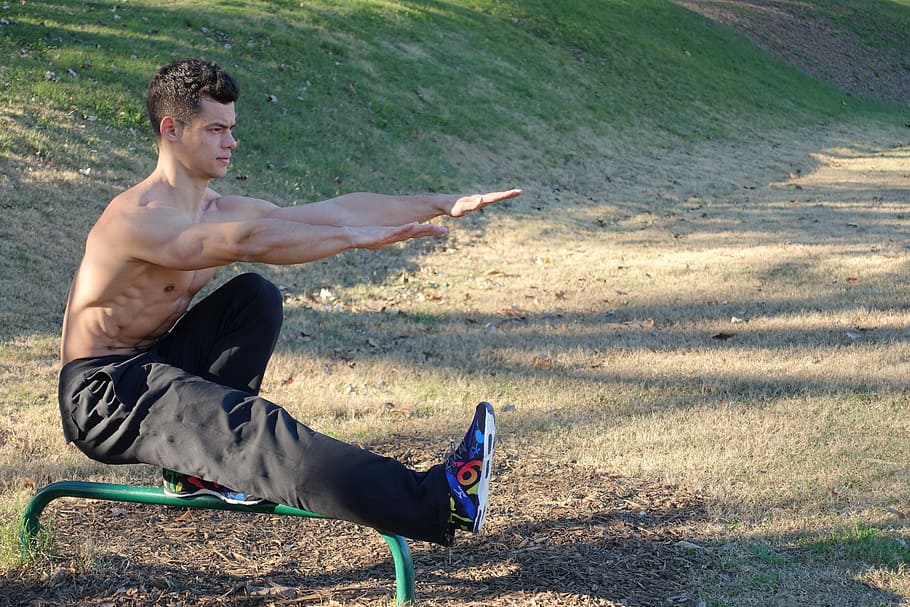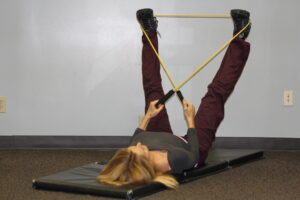Are you ready to take your first step into the invigorating world of bodyweight training? Calisthenics, an exercise form that uses your own body weight for resistance, is not only a powerful vehicle for strength and flexibility but also a versatile regimen that can be tailored to any fitness level. This in-depth “Calisthenics Workout Plan for Beginner’s” guide is crafted for those who are eager to start a calisthenics practice. We’ll walk you through the foundational exercises, routine structures, and essential tips for progress and success.
Understanding Calisthenics
Before you jump into the routine, it’s crucial to understand what calisthenics is all about. Calisthenics, often referred to as ‘bodyweight training,’ is a form of workout that uses a variety of gross motor movements—running, standing, grasping, pushing, etc. These exercises are often performed rhythmically and with minimal equipment, as bodyweight provides the resistance needed to enhance strength.
Calisthenics stands out for its simplicity and efficacy. It requires little to no equipment and can be done virtually anywhere, making it a convenient choice for anyone looking to get fit without the bells and whistles of traditional gym workouts.
Importance of Warm-up and Stretching
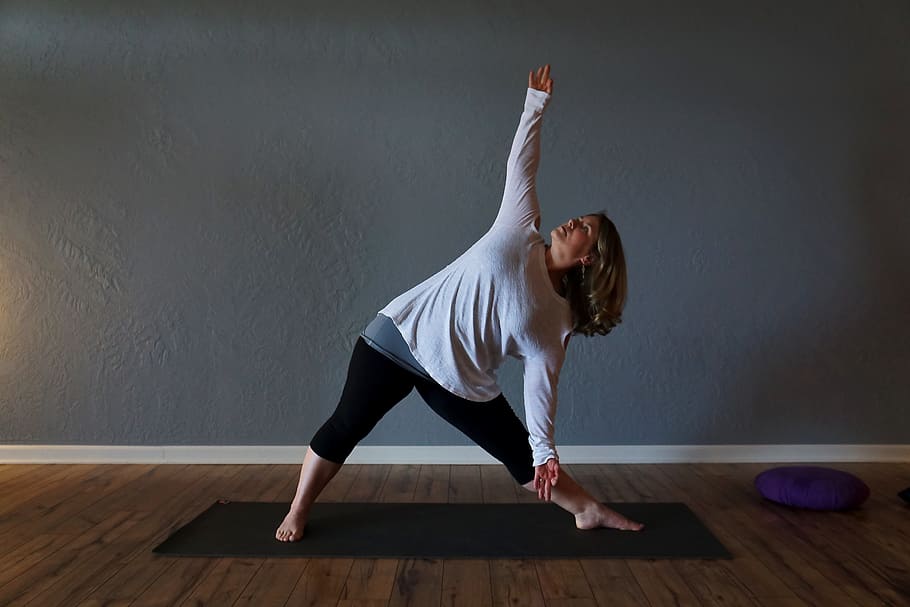
Preparation is the key to performance in any fitness routine. A solid warm-up not only prevents injury but also primes your body for the exercises ahead. Incorporate dynamic stretches to boost blood flow and prepare muscles for movement. Post-exercise, take time for static stretches to improve your flexibility over time.
Key Warm-up Exercises include:
- Arm Circles
- High Knees
- Walking Lunges
- Leg Swings
Essential Stretches for Cooling Down:
- Shoulder Stretch
- Forward Bend
- Quadriceps Stretch
- Downward-Facing Dog
Consistency in your warm-ups and cooldowns will help you keep your calisthenics practice sustainable and safe.
Essential Calisthenics Exercises for Beginners
As you take your first strides into a calisthenics regime, it’s crucial to focus on the fundamental exercises that form the core of this workout style. These exercises provide the ‘building blocks’ for more complex movements down the line.
Push-ups:
Push-ups are the quintessential calisthenics exercise that work your upper body, mainly the chest, shoulders, and triceps. Focus on maintaining a straight line from your head to your heels and engaging your core throughout the movement. If traditional push-ups are too challenging, start with modified versions such as knee or wall push-ups.
Pull-ups:
Pull-ups target your back muscles, biceps, and forearms. They are often considered one of the most challenging calisthenics exercises but also offer immense benefits. If you’re unable to do a full pull-up yet, try assisted pull-ups using resistance bands or bodyweight rows.
Squats:
Squats are a great beginner exercise for leg strength, targeting the quadriceps, glutes, and hamstrings. Keep your back straight, chest up, and feet shoulder-width apart for proper form. Ensure your knees never extend beyond your toes. If squats feel too easy, try adding weights or attempting single-leg squats.
Planks:
Planks are a fantastic core exercise that also engages your arms and legs. Keep your body straight like a plank, with your shoulders stacked above your elbows and feet hip-width apart. As you progress, you can try variations such as side planks or mountain climbers.
Structuring Your Calisthenics Workout Plan

Mastering others is strength. Mastering yourself is true power.
– Lao Tzu
A well-structured workout plan is your path to progress. For beginners, the focus should be on building a strong foundation with a mix of strength, endurance, and flexibility exercises.
Sample Workout Plan:
First Day:
- Warm-up Routine (5 mins)
- 3 sets of 10 Push-ups
- 3 sets of 15 Squats
- 1-minute Plank (3 sets, with rests in between)
- Cool Down Stretching (10 mins)
Second Day:
- Rest Day or Active Recovery (light walking, yoga, etc.)
Third Day:
- Warm-up Routine (5 mins)
- 3 sets of 8 Pull-ups
- 3 sets of 12 Lunges (each leg)
- 2-minute Plank (3 sets, with rests in between)
- Cool Down Stretching (10 mins)
Fourth Day:
- Active Rest (Walking, Swimming, etc.)
Fifth Day:
- Warm-up Routine (5 mins)
- 3 sets of 12 Push-ups
- 3 sets of 20 Squats
- 2-minute Plank (3 sets, with rests in between)
- Cool Down Stretching (10 mins)
Sixth Day:
- Rest Day or Active Recovery (light walking, yoga, etc.)
Seventh Day:
- Warm-up Routine (5 mins)
- 3 sets of 10 Pull-ups
- 3 sets of 15 Lunges (each leg)
- 1-minute Plank (3 sets, with rests in between)
- Cool Down Stretching (10 mins)
Remember to gradually increase the number of repetitions and sets as you progress and always listen to your body. If an exercise is causing pain or discomfort, modify it or seek guidance from a professional.
Additional Tips for Success
- Stay Consistent: Consistency is key when it comes to calisthenics. Stick to your workout plan and make it a habit.
- Focus on Form: Proper form is crucial for effective results and preventing injury. If you’re unsure about proper form, seek guidance from a professional or use resources such as videos and tutorials.
- Track Your Progress: Keep a record of your workouts and track your progress. This will help you stay motivated and see how far you’ve come.
- Mix it Up: Don’t be afraid to try new exercises or variations as you progress in your calisthenics journey. Mixing up your routine will keep things interesting and challenge different muscle groups.
- Fuel Your Body: Eating a balanced and nutritious diet is essential for any fitness routine, including calisthenics. Make sure you’re fueling your body with the right nutrients to support your workouts.
Calisthenics may seem intimidating at first, but with dedication and consistency, anyone can master it. Keep pushing yourself and enjoy the journey towards a stronger and more resilient body. So, start your calisthenics routine today and see the amazing results for yourself! Keep pushing yourself and enjoy the journey towards a stronger and more resilient body. So, start your calisthenics routine today and see the amazing results for yourself! Happy exercising!
Progression and Scaling Exercises
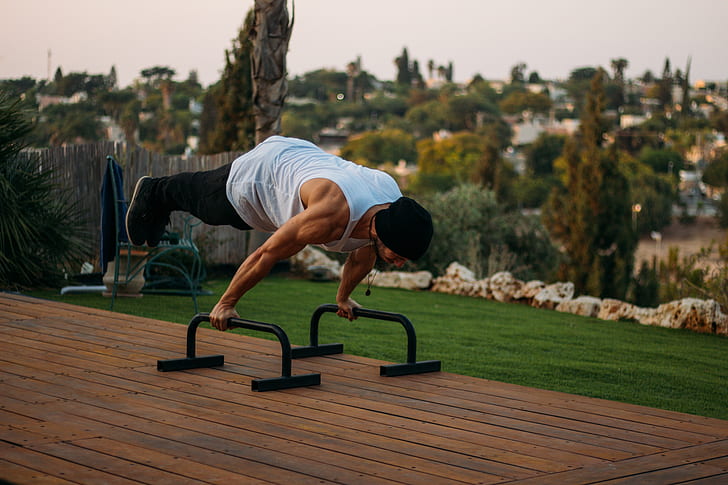
As you grow more comfortable with the exercises, it’s essential to know how to level up. Progressing and scaling your workouts will ensure you’re always challenging your body to improve.
Push-up Progressions:
- Incline Push-ups
- Knee Push-ups
- Diamond Push-ups
- Archer Push-ups
Squat Progressions:
- Single-Leg Squats
- Jump Squats
- Hindu Squats
- Pistol Squats
For each progression, start with sets and reps that are challenging but maintainable, and gradually increase your workload.
Balancing Upper and Lower Body Workouts
To ensure an evenly developed physique, it’s important to balance upper and lower body exercises.
Upper Body Focus:
- Push-ups
- Dips
- Pull-ups (Invest in a pull-up bar if necessary)
- Handstands (Focus on wall handstands for balance)
Lower Body Focus:
- Squats
- Lunges
- Calf Raises (Use a step or sturdy platform for added resistance)
- Bridges (Engages your glutes and hamstrings)
Mixing up your workouts with both upper and lower body exercises will help you achieve a well-rounded, strong physique.
Incorporating Core Strengthening Exercises
A strong core is the foundation of a strong body. Incorporating core exercises into your routine helps with posture, balance, and overall strength.
Core Exercises to Begin With:
- Planks (Front, Side, and Reverse)
- Russian Twists
- Bicycle Crunches
- V-Ups
Remember to engage your core during all exercises for added stability and strength. Aim to include at least one core exercise in every workout session to ensure you’re consistently working on strengthening your midsection.
Recovery and Rest Days
Rest and recovery are critical components of any training program. They allow your muscles to repair and grow stronger. Be sure to take adequate rest days and listen to your body to avoid overtraining.
Signs of Overtraining:
- Excessive Soreness Beyond 48 Hours
- Persistent Fatigue
- Decreased Performance
- Moodiness or Irritability
If you encounter these signs, consider adding extra rest days and focusing on your nutrition and sleep quality for recovery.
Addressing Common Challenges for Beginners
Starting any new fitness routine comes with its set of challenges. It’s important to recognize and address these to stay on track. Here are some common challenges beginners may face and how to overcome them.
Dip in Motivation:
Find a workout buddy or set short-term achievable goals. This will help you stay accountable and motivated.
Plateauing Progress:
As your body adapts to the exercises, it’s natural to hit a plateau in progress. To overcome this, switch up your routine or increase the intensity by adding more reps or sets.
Feeling Intimidated:
Remember that everyone starts somewhere. Don’t be afraid to ask for guidance from professionals or modify exercises if needed. With time and consistency, you’ll see progress and gain confidence in your abilities.
Comparing Progress:
Avoid comparing yourself to others and focus on your own progress. Everyone’s journey is unique, and as long as you’re improving from where you started, that’s all that matters.
Time Management:
Finding time to fit in a workout can be challenging, but it’s all about prioritizing and making it a part of your routine. You can break up your workouts throughout the day or find short, intense routines that work for your schedule.
Remember, a journey of a thousand miles begins with a single step — consistency is your compass.
Staying Consistent and Motivated
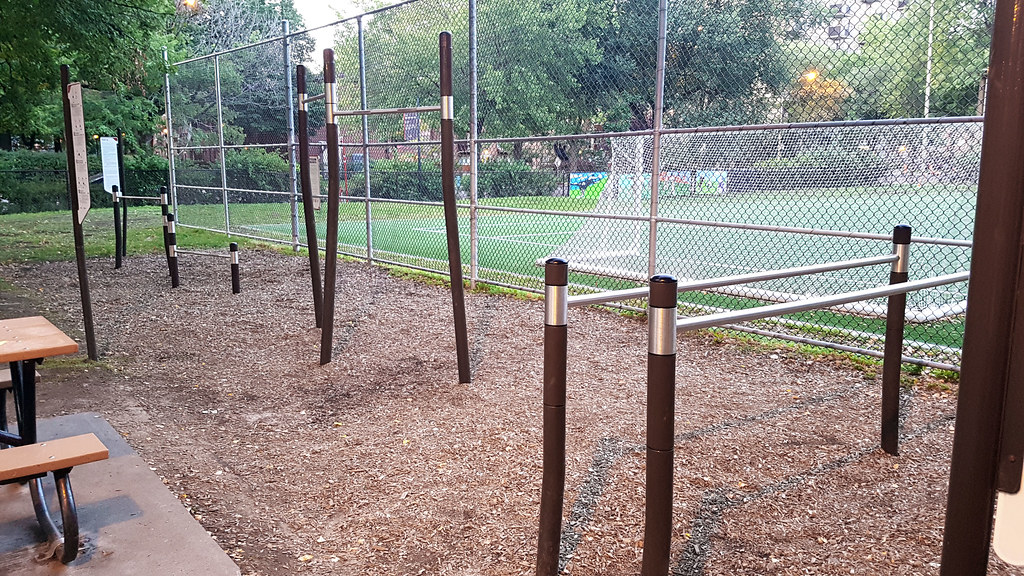
Consistency will be your greatest ally on your calisthenics journey. To stay motivated, set realistic short-term goals and track your progress. Don’t forget to celebrate every milestone along the way to keep yourself inspired. With patience and determination, you’ll be amazed at how far you can go with calisthenics. Here are some tips to stay motivated and keep going:
- Set achievable goals and track your progress.
- Mix up your routines to keep it interesting.
- Join an active community or forum to stay inspired and accountable.
- Do calisthenics workouts in outdoor parks.
- Celebrate every milestone, no matter how small.
By building a supportive environment and acknowledging your achievements, you’ll find the motivation to keep moving forward.
Frequently Asked Questions (FAQs)
To round off your understanding of a calisthenics workout plan, we address some common questions that may linger:
Absolutely! Calisthenics can build significant muscle mass, especially for beginners. By progressively overloading your muscles with more challenging bodyweight exercises, you can see substantial muscle growth.
Beginners should aim for 3 to 4 sessions per week, with rest days in between. This allows for adequate recovery while still being frequent enough to see progress.
Yes, calisthenics can contribute to weight loss when combined with proper nutrition. Bodyweight exercises build lean muscle, which can help boost your metabolism and burn calories even at rest.
Conclusion
With this comprehensive calisthenics workout plan, you are well-equipped to begin your bodyweight training with confidence. Remember, the most important step is the first one you take. Every push-up, squat, and plank leads to a stronger, more agile you. Start today, set your sights on achievable goals, and watch as you redefine your limits — not in a traditional gym but through the might of your own body.
Feel free to share your calisthenics experiences and any additional questions you may have in the comments below. Your fitness odyssey is about to begin, and the entire community is here with you every step of the way.


